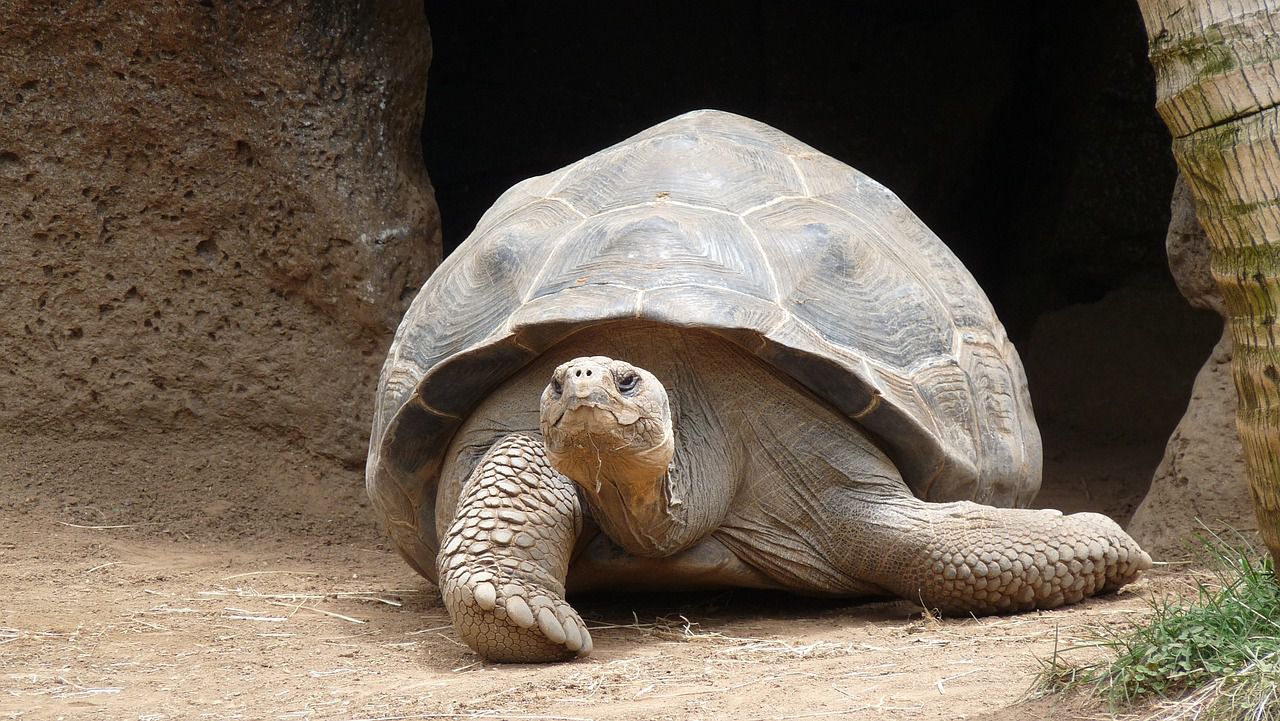Why some animals live for so long: Nature is amazing
The longevity of different animal species can vary significantly, with some animals living exceptionally long lives compared to others.
While some birds and animals have relatively short lives (only a few years), others manage to live for decades!
Several factors contribute to the extended lifespan observed in certain species.
Metabolic Rate
Animals with slower metabolic rates tend to live longer.
Slower metabolic rates result in reduced production of reactive oxygen species, which can cause damage to cells and accelerate aging.

This is why small animals with high metabolic rates, such as mice, have shorter lifespans compared to larger animals with slower metabolic rates, like elephants.
DNA Repair Mechanisms
Efficient DNA repair mechanisms are essential for maintaining cellular integrity and preventing age-related damage.
Some long-lived animals, such as certain species of tortoises, have evolved highly effective DNA repair systems that help protect their cells from genetic mutations and deterioration.
Telomeres
Telomeres are protective caps on the ends of chromosomes that shorten with each cell division.
Long-lived animals often possess longer telomeres or have mechanisms to preserve their telomere length.
Reproductive Strategies
Species that reproduce rapidly and have shorter generation times, like insects, may have shorter lifespans due to the high energy expenditure required for reproduction.
Conversely, animals with slower reproductive rates, such as elephants or whales, can allocate more resources towards maintaining their own health and longevity.
